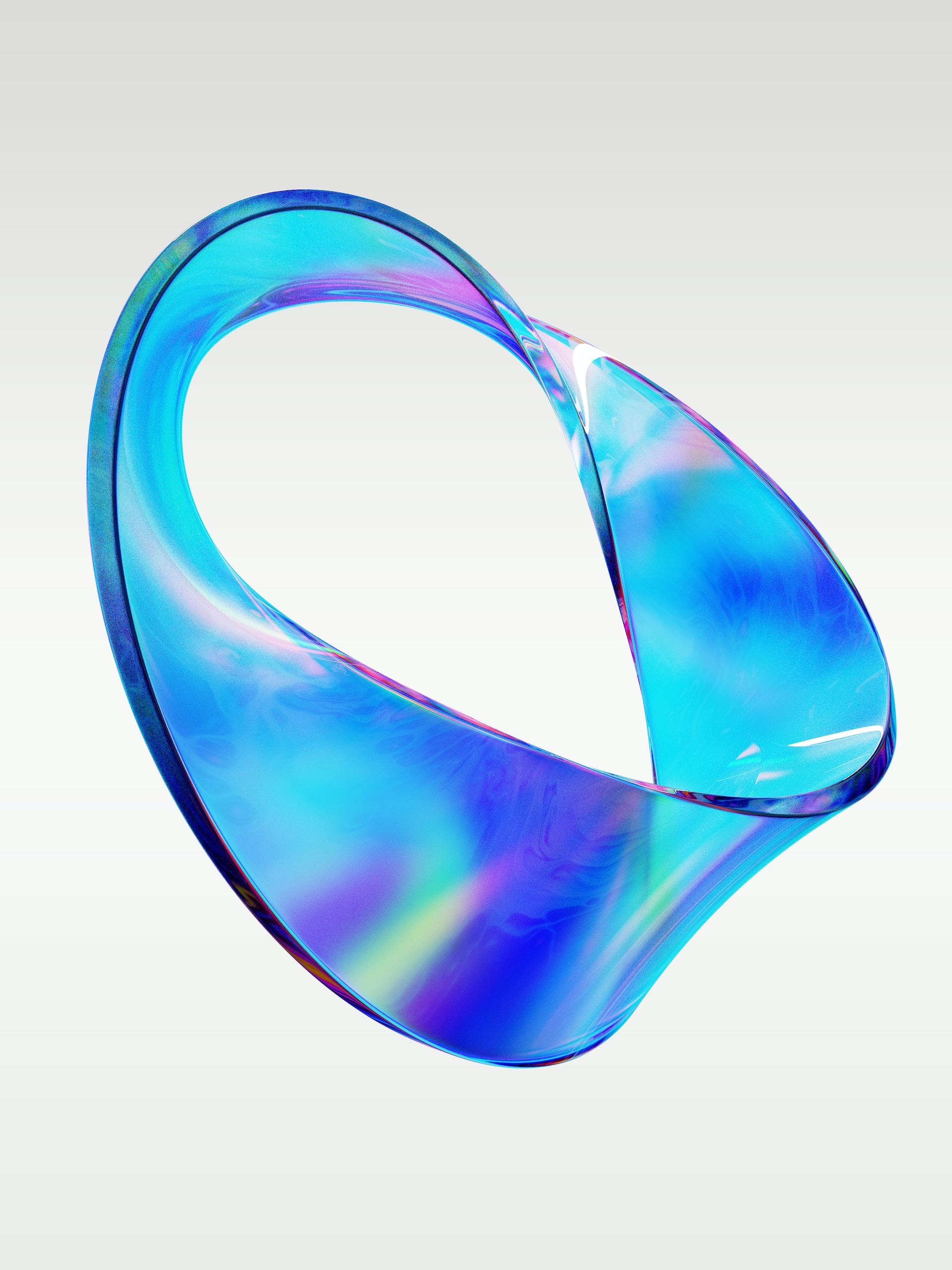![]()
In the course of my teaching and tutoring experience, I’ve come across the fact that Americans often fall short of others in geometry1,2. Besides the fact of test scores, I see that in how difficult it is for bright high school students I tutor to grasp certain spatial concepts. In fact, I was recently tutoring one incoming tenth grader, and she was unable to visualize how many cubes were in a stack.

Recently, I found these foam blocks in packs of 50 for $1.00 at Dollar Tree. I bought a bunch, and they have been so useful for my teaching already. For one thing, I used them to help the tenth grader understand and visualize the geometric/volume concepts I was trying to teach her. Since Singapore Math always teaches from concrete to pictorial to abstract, and she had been missing the concrete experience, I needed to go back to that level to help her visualize what was in the diagrams.
I find that students who played with blocks as children have an easier time visualizing and calculating volume. They help develop the spatial sense. I recommended to several families to buy sets of these cubes just for the children to play with.
One thing I appreciate about Singapore Math is that it starts building geometric understanding at an early elementary level. In fact, I use sixth grade textbooks to teach tenth graders concepts that they are missing.
Today, I was working with an incoming first grader in a kindergarten book. We used the cubes as our concrete manipulative to represent the problems we were doing. (Unifix cubes are another great manipulative, but sometimes they can be hard for little hands to pull apart or put together, especially if they have difficulty with fine motor skills.)
At first the child had a hard time understanding the work, but soon she was doing it with fluency and ease. She was able to compare quantities and see how they connected with the pictures in the book. She also loved playing with the lightweight foam cubes and happily stayed occupied while her mother and I spoke. Hopefully she will spend lots of time building things with blocks and build the neural pathways at the same time that will help her succeed in geometry.
Other school supplies I like and find useful are:
Pilot Frixion pen. This writes like a nice rollerball, and it erases with friction – that is, not a regular eraser, but a piece of rubbery plastic at the end of the pen. It erases cleanly, plus there are no little eraser bits to wipe away, or an eraser to replace.
Sharpie Gel Highlighter: These are a little pricey, but they have some good benefits. One of them is total lack of bleed-through on paper. This is especially important when students have to highlight trade paperbacks with thin pages. Children also like the feel of using the highlighter. It can be used for coloring in a pinch, though it may get used up quickly for the price.
Enjoy your school supply shopping!
